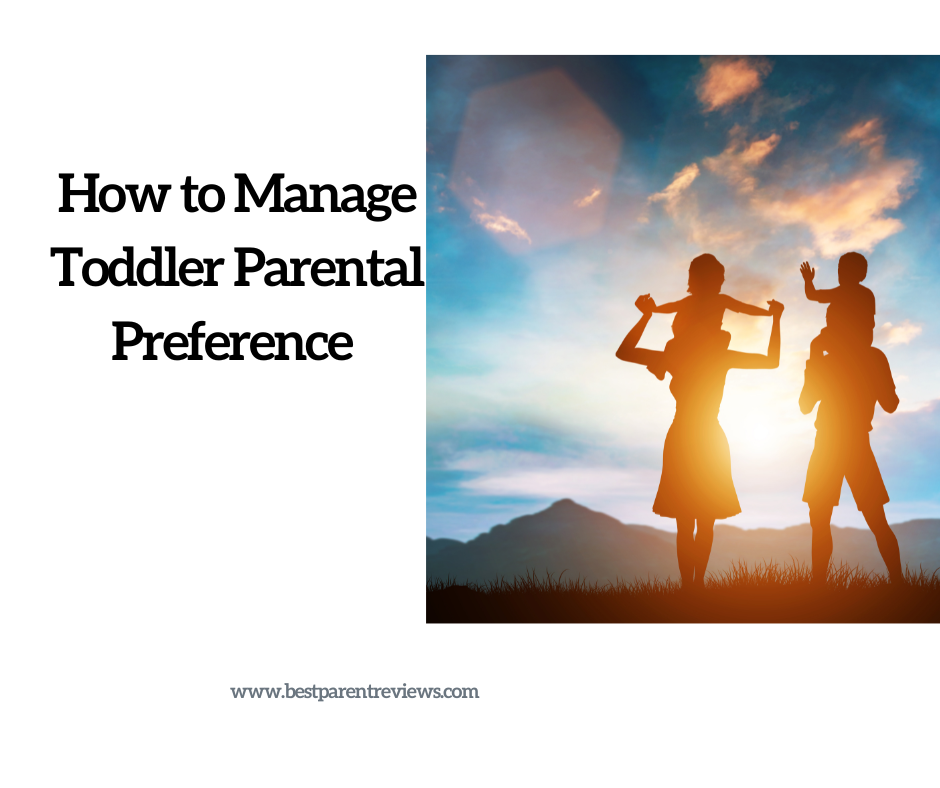When used safely – Outdoor Trampolines and indoor Trampolines provide a variety of health, cognitive and emotional benefits.
The bouncing delight of trampolines transcends mere amusement; it’s a gateway to a spectrum of physical, cognitive, and emotional benefits for children. Let’s dive into the wealth of advantages that trampolines bring to a child’s development, supported by evidence from reputable sources across health, education, and child psychology.
Before we begin – please check out our guide on trampoline safety and remember that for toddlers only allow 1 person on the trampoline at once and to use the correct size trampolines for toddlers (no 12 foot outdoor trampolines for your 2 year old!).

Jump Height: Does Jumping on a Trampoline make you jump higher? Physical Fitness and Motor Skills on the Trampoline
Many of us have desires to jump higher or have our children jump higher. Before we get into the real benefits of trampolining – we must admit that research from the International Journal of Kinesiology and Sports Science suggests that jumping on a trampoline does not increase your jumping ability.
1.1 Cardiovascular Health:
Trampolining isn’t just jumping; it’s a cardiovascular exercise that gets young hearts pumping. According to the American Heart Association, regular cardiovascular activities like trampolining contribute to heart health in children.
1.2 Muscle Tone and Strength:
The dynamic movements on a trampoline engage various muscle groups, promoting muscle tone and overall strength development. Research published by Elizabeth Graham discusses how rebound therapy (using trampolines) is used children with disabilities and hypothesizes that it is a positive way to develop muscle tone and strength.
1.3 Coordination and Balance:
Trampoline activities enhance coordination and balance, critical motor skills in a child’s development. The Research In Developmental Disabilities Journal published a study which had children undertake a twelve week training that included a trampoline course. After twelve weeks, the children experienced significant improvements in balance and coordination.
1.4 Joint Health:
Trampolining provides an effective workout while being gentle on joints. The Journal of Strength and Conditioning Research suggests that the low-impact nature of trampolining makes it suitable for children, promoting joint health. This is especially important for young children who’s bodies are not as hardened as older children and adults. It is important to be extra cautious with toddlers on trampolines.
Section 2: Cognitive Development
2.1 Sensory Integration:
Bouncing on a trampoline stimulates sensory integration, helping children coordinate and process sensory inputs effectively. The Journal of Autism and Developmental Disorders explores the positive impact of trampolining on sensory integration.
2.2 Spatial Awareness:
Navigating the bouncing surface fosters spatial awareness as children learn to gauge distances and position their bodies in space. A study in the Journal of Applied School Psychology emphasizes the role of trampoline activities in developing spatial awareness.
2.3 Concentration and Focus:
Physical activities like trampolining play a role in promoting concentration and focus in children. The American Academy of Pediatrics recognizes the cognitive benefits of engaging in physical activities, contributing to improved concentration.
Section 3: Social and Emotional Benefits

3.1 Social Interaction:
Trampolines often become social hubs where children interact and play together. One must balance safety and taking turns with this interaction.
3.2 Stress Reduction:
The physical activity of bouncing triggers the release of endorphins, contributing to stress reduction and improved emotional well-being. There is plenty of research in the world connecting physical activity with stress reduction.
3.3 Emotional Regulation:
Trampolining provides a constructive outlet for releasing energy and emotions, aiding in emotional regulation. It is hard to stay angry on a trampoline!
3.4 Positive Reinforcement:
Achieving milestones in physical activities, such as mastering trampoline skills, provides positive reinforcement. The British Journal of Educational Psychology discusses how positive reinforcement contributes to a positive mindset in children. It’s important to strike a balance here – don’t encourage your child to constantly push beyond their limits on the trampoline as that is likely to lead to injury. Keep your encouragement within the boundaries of safe play.
Section 4: Additional Considerations
4.1 Safety Precautions:
While trampolines offer a plethora of benefits, safety is paramount. The American Academy of Pediatrics provides comprehensive guidelines on trampoline safety, emphasizing adult supervision, age-appropriate equipment, and regular maintenance.
4.2 Age-Appropriate Trampolines:
Choosing age-appropriate trampolines ensures both safety and enjoyment for children. The Consumer Product Safety Commission offers guidelines to help parents make informed decisions when selecting trampolines. There were 22 deaths associated with trampolines between 2000 and 2009.
Trampolines – When Used Safely Provide Great Benefits
Trampolines are not play structures but as dynamic tools shaping the holistic development of children. From physical fitness and cognitive growth to social and emotional well-being, the benefits are extensive and rooted in scientific evidence. By embracing trampolining with a mindful approach to safety and age-appropriate guidelines, parents and caregivers provide an enriching environment where children can thrive physically, cognitively, and emotionally. The joy of bouncing on a trampoline becomes a transformative journey, elevating childhood and leaving a lasting impact on a child’s overall development.
Check out this short video on the risks of injury on trampolines for children:


